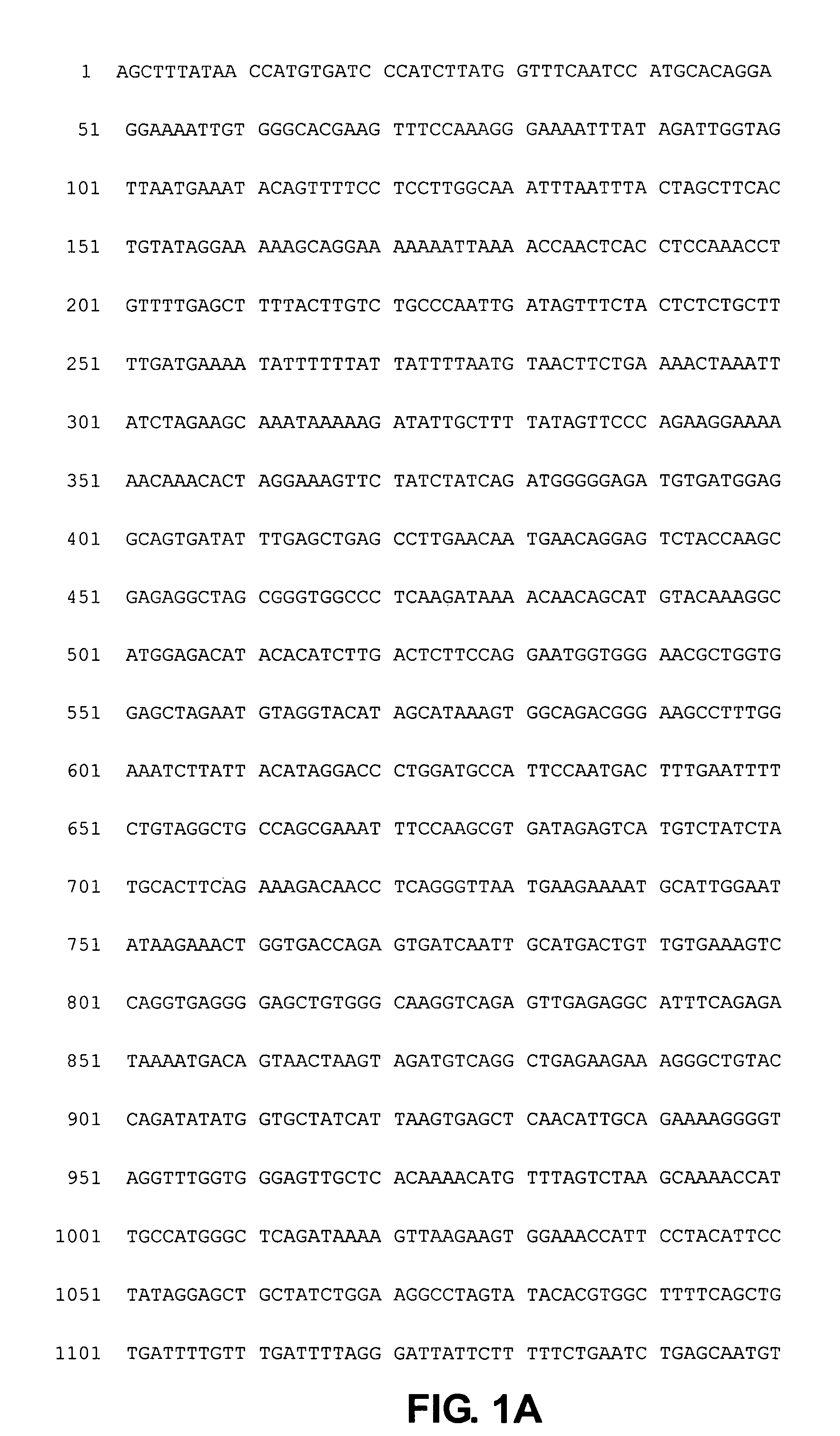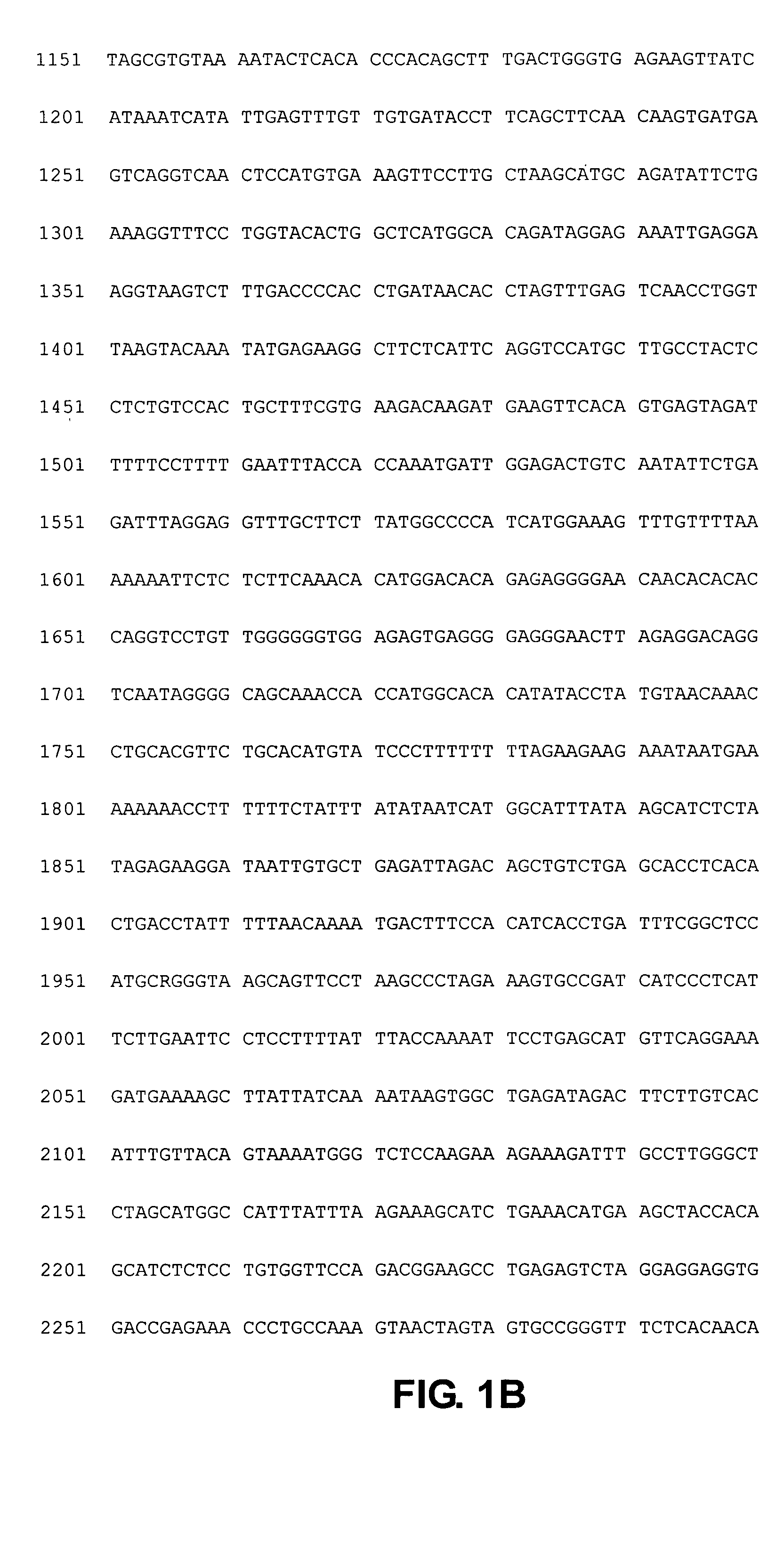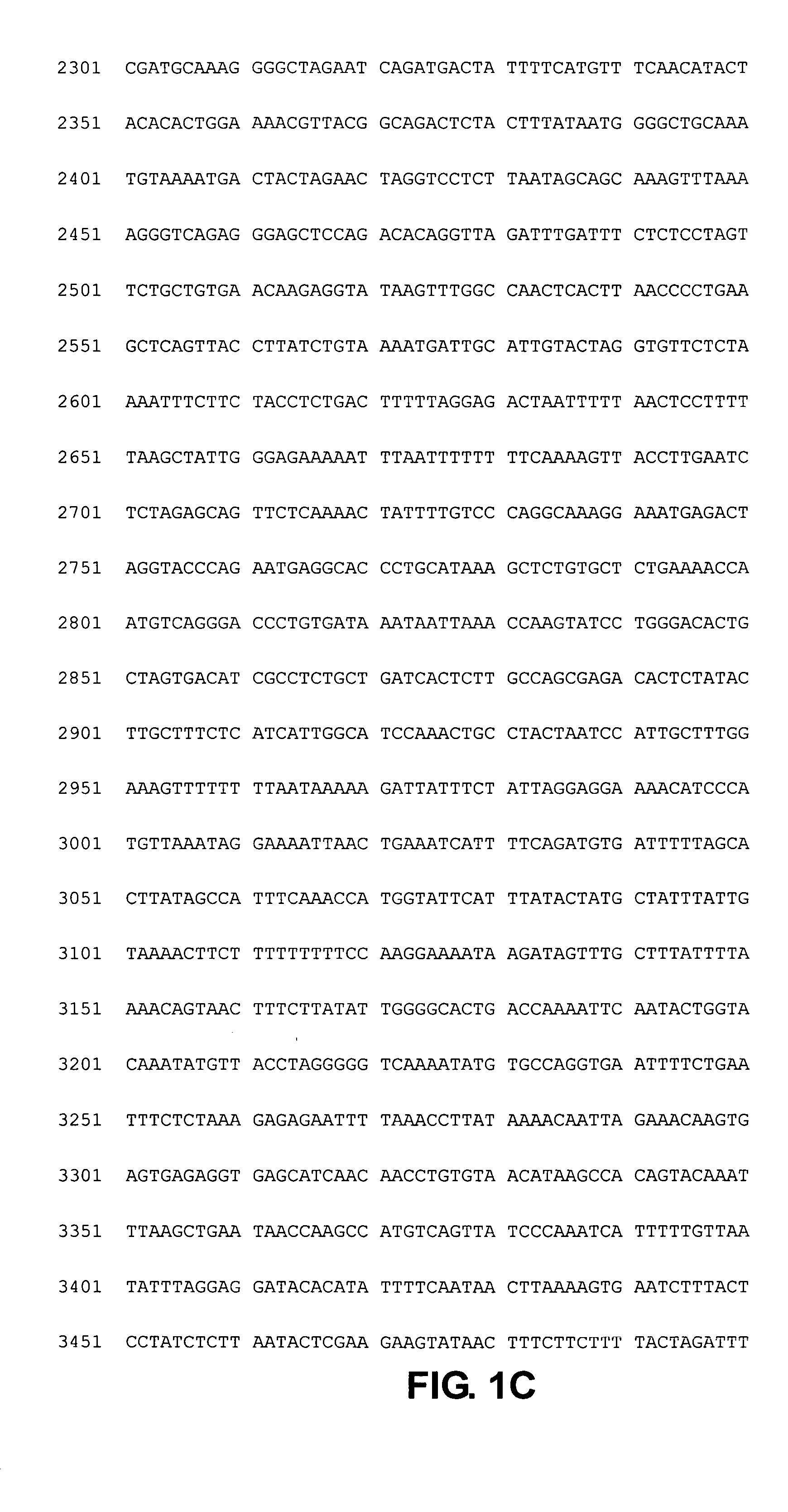Control of growth and repair of gastro-intestinal tissues by gastrokines and inhibitors
a technology of inhibitors and growth factors, which is applied in the direction of instruments, peptide/protein ingredients, drug compositions, etc., can solve the problems of significant amino acid changes, and achieve the effect of speeding up wound repair
- Summary
- Abstract
- Description
- Claims
- Application Information
AI Technical Summary
Benefits of technology
Problems solved by technology
Method used
Image
Examples
Embodiment Construction
Summary
[0105]The results disclosed herein characterize the structure and function of AMP-18 using both a recombinant human protein prepared in E. coli and a synthetic peptide that are both bioactive. The pleiotropic effects of AMP peptide 77-97 in epithelial cell cultures include maturation, protection and repair of barrier function, as well as stimulation of restitution and cell proliferation, all of which relate to protective and reparative roles in GI mucosal injury. The cytoprotective effect of AMP peptide appears to be mediated, at least in part, by its capacity to increase accumulation of TJ occludin, and other tight and adherens junction proteins (ZO-1, ZO-2, claudin-5, E-cadherin, JAM), as well as hsp25 and hsp72, and to stabilize the perijunctional actin filament network after injury (FIG. 46). AMP peptide apparently exerts its effects via a receptor-mediated mechanism to activate protein tyrosine phosphorylation, and stimulate phosphorylation of p38 MAPK, hsp25, PKCζ, ERK,...
PUM
 Login to View More
Login to View More Abstract
Description
Claims
Application Information
 Login to View More
Login to View More - R&D
- Intellectual Property
- Life Sciences
- Materials
- Tech Scout
- Unparalleled Data Quality
- Higher Quality Content
- 60% Fewer Hallucinations
Browse by: Latest US Patents, China's latest patents, Technical Efficacy Thesaurus, Application Domain, Technology Topic, Popular Technical Reports.
© 2025 PatSnap. All rights reserved.Legal|Privacy policy|Modern Slavery Act Transparency Statement|Sitemap|About US| Contact US: help@patsnap.com



